We often ride scooter around Tainan County, exploring historical places in the nearby countrysides. Tainan is currently my favorite place to live and travel. I feel that it's incredibly rich in history. Tainan City, as well as the surrounding countryside, is renowned for its historical significance and vibrant culture, making it an ideal destination for exploration.
Liu Qixiang
Liu Qixiang (February 3, 1910 - April 24, 1998) was one of the first four Taiwanese painters to study painting in France, alongside Chen Qingfen (1910-1987), Yan Shuilong (1903-1997), and Yang Sanlang (1907-1995).
Born into a prominent family in Liuying, Tainan, Liu Qixiang attended Liuying Public School in Tainan in 1917, where his art teacher, Chen Gengjin, recognized his talent and sparked his interest in painting. In the 1920s, he went to Tokyo, Japan, to study at the Art Department of Tokyo Bunka Institute. In the 1930s, he traveled to Europe with Yang Sanlang and Yan Shuilong, settling in Paris, France, to further his art studies.
During his three-year stay in Europe, Liu Qixiang extensively traveled to observe the natural and cultural landscapes of the continent while devoting himself to creating art in his studio. He visited the Louvre to study and copy works by renowned painters such as Manet, Cezanne, Renoir, and Corot. His own works, such as "Ladies in France" and "Red Clothes," reflect his analysis and research on the works of Manet and Cezanne. "Red Clothes" was even selected for the 1933 Paris Autumn Salon.
After returning to Tokyo, Liu Qixiang married Yukiko Sasaba. Following the Second World War, he and his family returned to Taiwan and settled in Liu Ying's former residence. In 1948, they relocated to Kaohsiung, where Liu Qixiang organized art associations and regularly exhibited his work through associations like the "Kaohsiung Art Research Association" and the "Tainan Art Research Association," which later formed the "Southern Taiwan Art Association" and held the "Southern Exhibition."
Liu Qixiang's early works mainly consisted of group portraits and figure paintings that depicted elegant and dignified figures. In 1977, he suffered from thrombosis, but even in critical condition, he continued playing the violin for rehabilitation and insisted on painting. In his later years, his brushwork became softer, emphasizing an overall sense of harmony and simplicity, reflecting his calm and indifferent character.
Liu Qixiang Art Memorial Hall (劉啟祥美術紀念館(劉啟祥故居))
The Liu Qixiang Art Memorial Hall is located in Liu Qixiang's former residence in Liuying, Tainan. The building, also known as the Summer Palace, was designed by his father, Liu Kunhuang. It features a mixture of Japanese and Western architectural styles, with five Western arches and a cloister design. In 2013, it was approved by the family and handed over to the Cultural Bureau of Tainan City Government. After five years of restoration and an approximate budget of 24 million, it officially opened on December 15, 2018, as the "Liu Qixiang Memorial and Art Museum." The museum showcases a century of artwork in the exhibition "A Century of Spring in the House of Long Yi" and is open to the public for visits.
See also: Liu's Family Ancient House



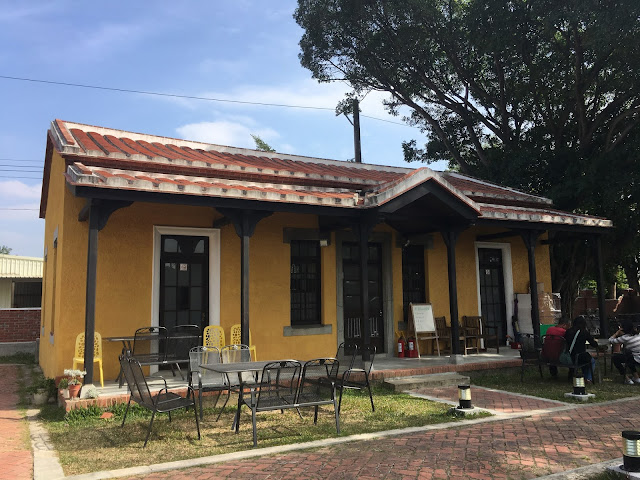


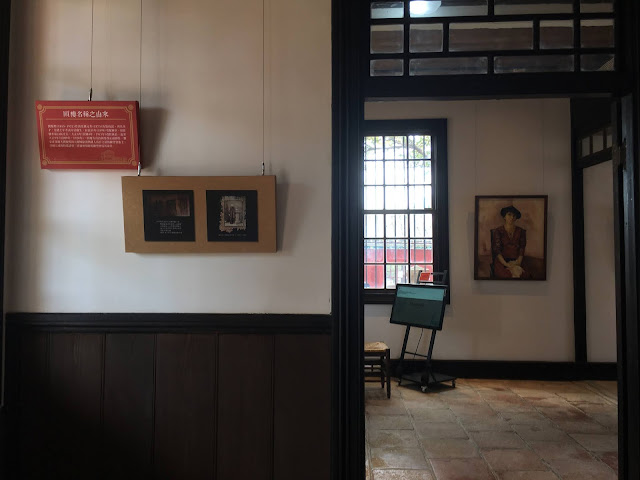
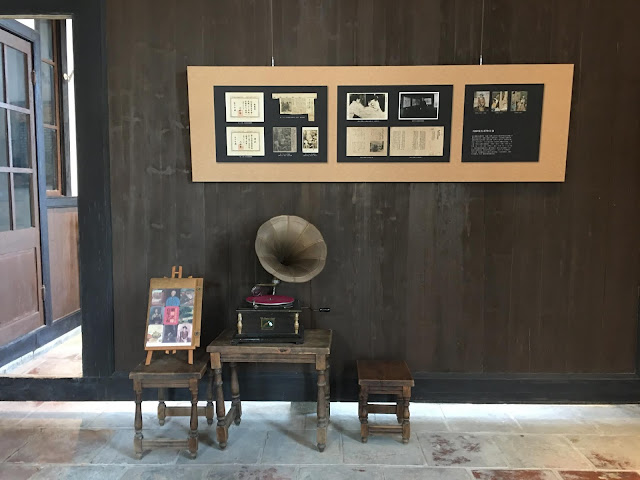

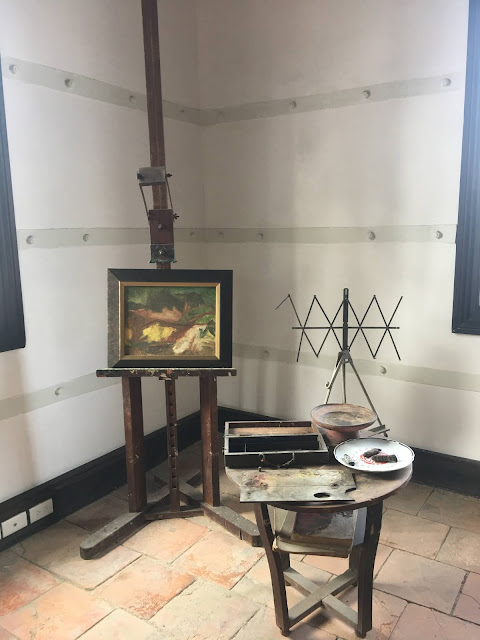

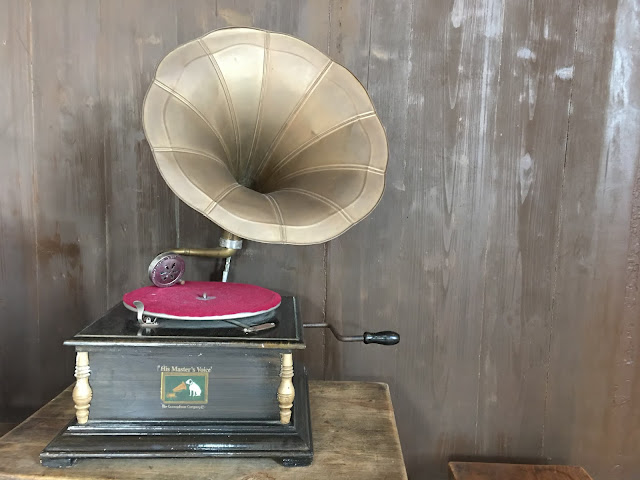

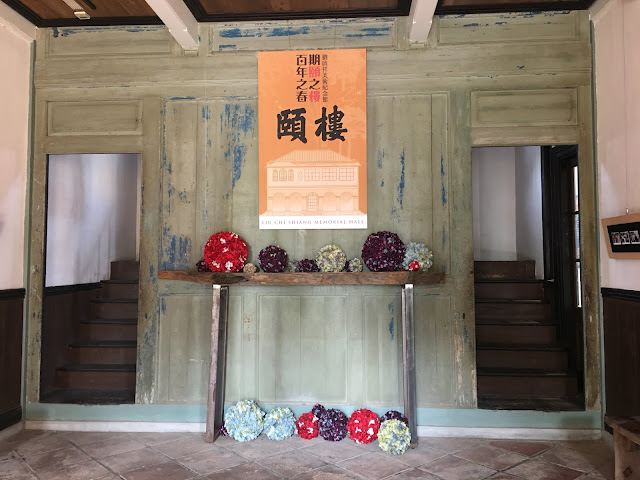






0 komentarze:
Post a Comment